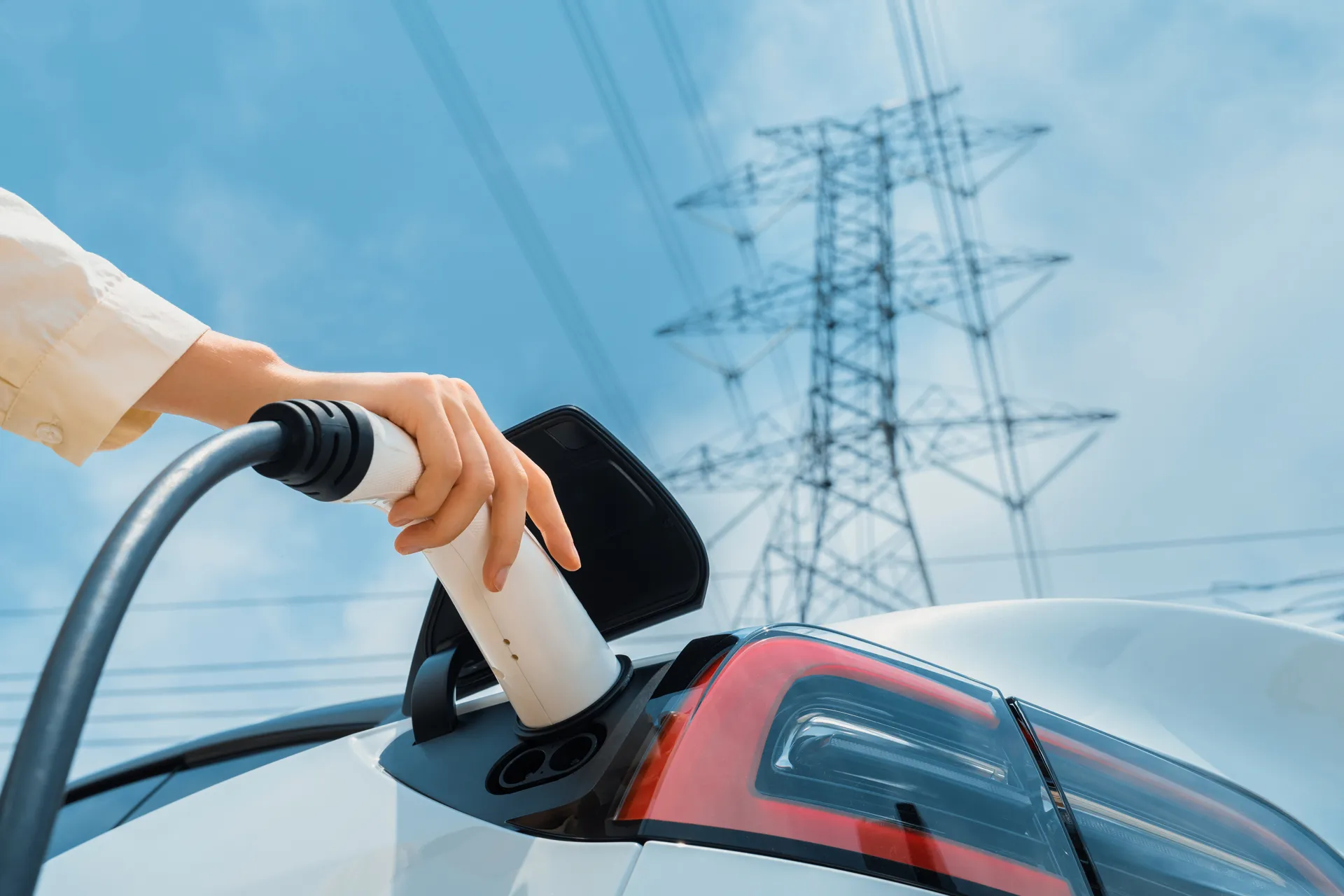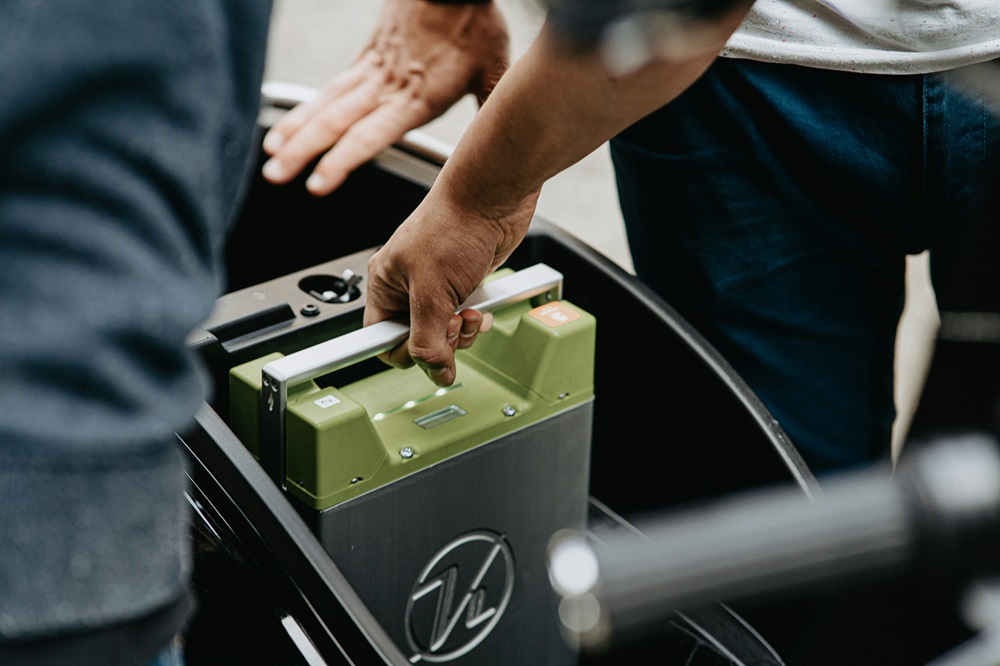India’s current wind capacity is about 46 GW and the country
will be needing an addition of 76 GW of installed capacity to meet energy
security and diversify its energy mix. As India has set ambitious target of reducing
carbon emissions by 2030 is to reduce the carbon intensity of its economy
by 45% from 2005 levels, wind energy is expected to play a major role as it has
complementarity with solar power and can help in meeting electricity demand
during non-solar hours. Though India has large wind potential, it has seen slow
growth in capacity addition in the past years due to various factors such as
low areas with high wind potential, land scarcity and high expenditure needed
for wind energy.
With growing population, country is having lesser
availability of land for deployment of large-scale renewable energy projects.
There is higher security risk of deploying these projects in areas with high
population density which is resulting in lower capacity addition of wind
projects. As land availability becomes more limited, focus should be shifted on
improving turbine efficiency and higher MW turbine ratings to generate more
energy per unit will reduce the number of turbines needed at a site. This can significantly
lower transportation and installation costs, as well as reduce overall
operation and maintenance costs. Policies promoting domestic manufacturing and
innovation could provide much needed boost for the sector. Large investment of
wind energy will help diversify India’s energy mix. Lack of transmission
network to areas where these projects are deployed becomes a challenge as it is
difficult for the wind power to be evacuated from these plants.
Though government is encouraging wind energy by launching Wind
Renewable Purchase Obligation (Wind RPO). Government has approved the Viability
Gap Funding (VGF) scheme for offshore wind energy projects at a total outlay of
Rs.7453 crore, including an outlay of Rs.6853 crore for installation and
commissioning of 1 GW of offshore wind energy projects (500 MW each off the coast
of Gujarat and Tamil Nadu), and grant of Rs.600 crore for upgradation of two
ports to meet logistics requirements for offshore wind energy projects. Such
initiatives are encouraging but more supportive policies are expected from the
government and making land availability for large-scale wind projects could
help in better investment from the players.
The country has seen gradual decrease in the tariff rate of
wind energy which makes it easier for the DISCOM to procure wind energy from
generators during peak demand. With country’s peak power demand growing
continuously, more wind electricity will be needed to bridge the demand supply
gap hence there is need for more investment in the sector. The country has vast
wind potential and it can be exploited with supportive policy and better
investment. As government has high target for wind energy, there is opportunity
for wind turbine manufacturers and the country has manufacturing capacity to
produce 17.5 GW of wind turbines annually, positioning the country to export
wind components to global markets such as Australia, Europe, and the US.




